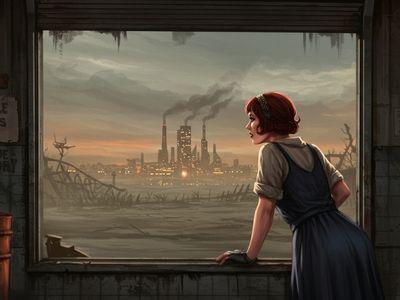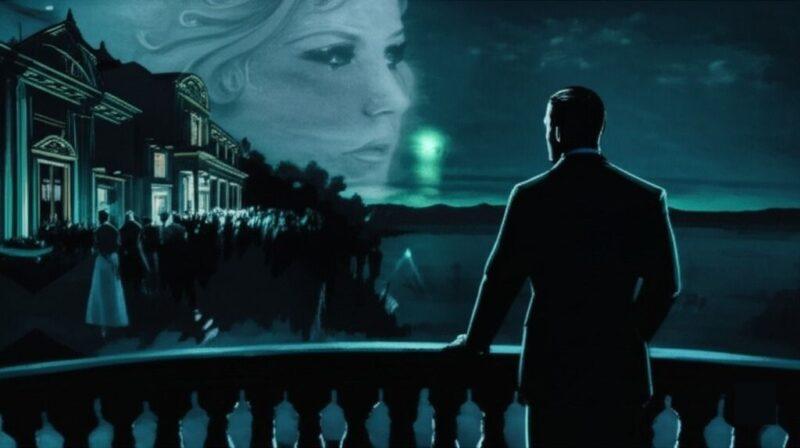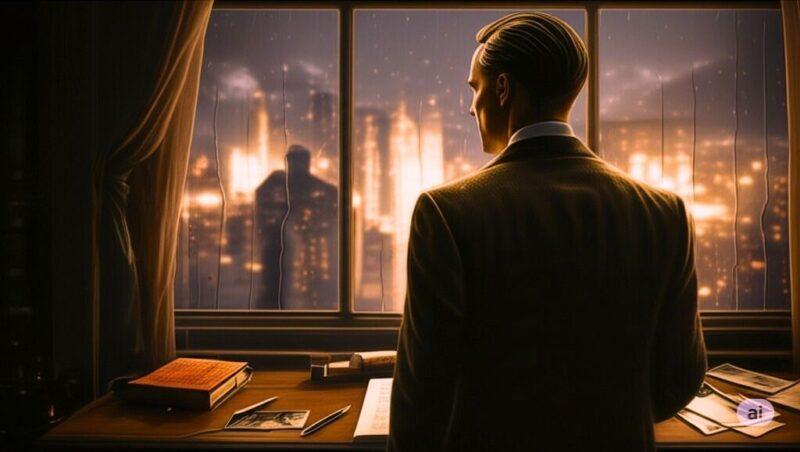Myrtle Wilson Character Analysis: Vitality, Illusion & Class (Gatsby)
From the desolate Valley of Ashes in F. Scott Fitzgerald’s The Great Gatsby, Myrtle Wilson emerges with a striking, almost desperate, vitality. Trapped in a lifeless marriage, her affair with the wealthy Tom Buchanan becomes a perceived pathway to a glamorous existence, a dream that ultimately shatters in a brutal, tragic end. Our Myrtle Wilson […]
Myrtle Wilson Character Analysis: Vitality, Illusion & Class (Gatsby) Read More »





